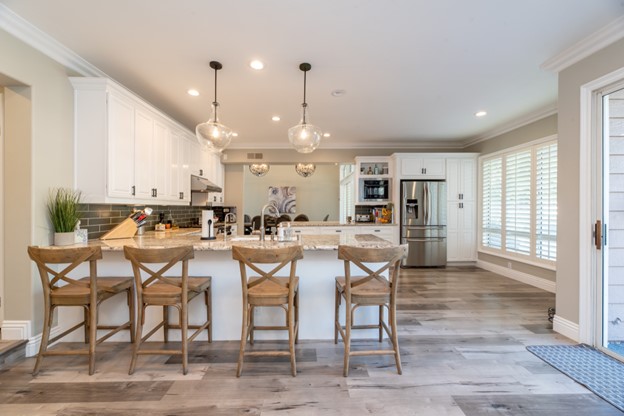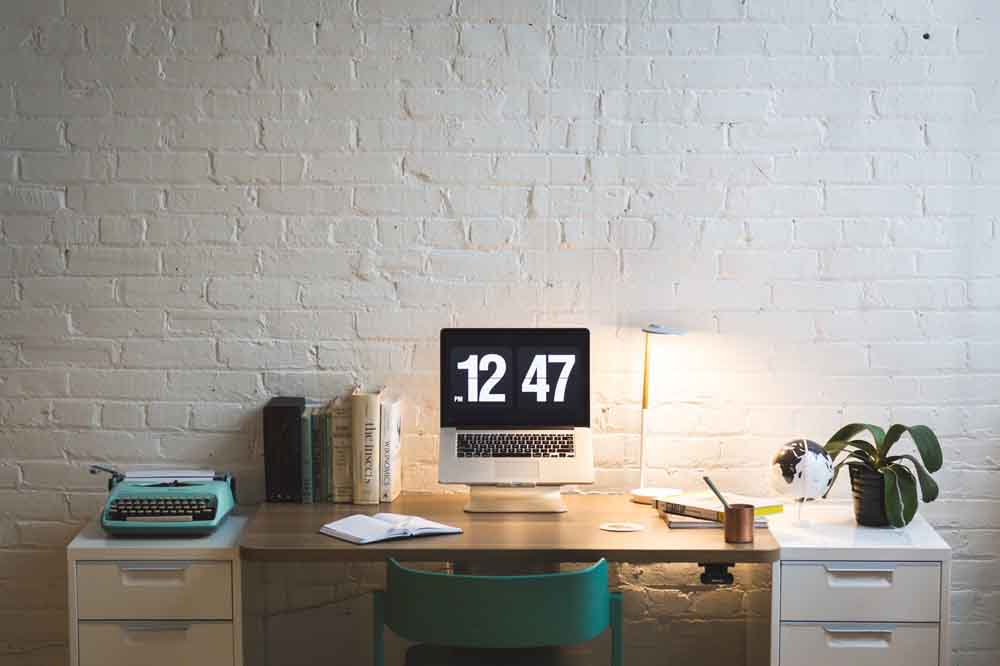Two focuses of my blog are Home/Living Discussions and Home/Property Discussions. If you own a home, one of your major considerations is your interior design. Some are arguably more knowledgeable than others. The following contributed post is entitled, 4 Helpful Tips To Improving Your Interior Design Skills.
* * *
Anyone can benefit from some helpful interior design tips. After all, who doesn’t want their home to look its best? However, not everyone has the natural talent or inclination for design. If you’re one of those people, don’t worry – we’ve covered you! In this blog post, we will share four tips to help improve your interior design skills. So whether you’re a complete beginner or just looking to refine your existing skills, read on for some valuable advice.

Photo by Terry Magallanes from Pexels:
Research and Observe:
Before you start any project, it’s important to do your research. Look through magazines and online sources for inspiration, get familiar with different design styles, and find out what materials are best suited for the job. This will help you understand how to approach each task and make better decisions. Additionally, take some time to observe your space in its current state. Note down which elements work well together and which don’t. This will give you a clearer idea of what needs to be changed and how to do it.
Set Smart Goals:
One of the best ways to improve your interior design skills is by setting smart goals. A “smart” goal is Specific, Measurable, Attainable, Relevant, and Time-bound. This approach will help you stay on track and give you something tangible to aim for in your journey toward becoming a better interior designer.
When setting your goals, think about what areas of interior design you want to focus on and how long it might take you to master those techniques. For instance, if you want to learn more about working with colors, you can set a goal like “I will be able to identify complementary colors by the end of next month.” You can also create sections within your goal-setting, such as “Tools” which can include fabrics, furniture, and wall treatments. Finally, hold yourself accountable and follow through with your goals – this will help you stay motivated and progress more quickly.
Use Art to Your Advantage
Art is a great way to add personality and style to any room, as well as layer colors and textures. Pro Hart art can help tie different room elements together, creating an inviting atmosphere. Additionally, art can set a certain mood for a space, making it more attractive and comfortable for whoever will be spending time in it.
When picking art pieces for your interior design project, think about what you would like to achieve with them. Then, don’t be afraid to experiment with sizes or colors; even if your vision doesn’t work out perfectly on the first try, you can always make adjustments until it looks just right. And don’t forget that mixing and matching different styles is also an option, as long as they complement one another.
Work With a Professional
Sometimes, working with a professional is the best way to learn something. A professionally trained interior designer can help you identify problems in your space and offer creative solutions that may not have occurred to you. They can also provide valuable advice on how to make better use of your space and bring out the best features of it.
If you don’t have the budget for a professional designer, you can still get some great ideas by simply observing their work or reading about them online. This will give you an insight into what goes into creating beautiful, functional spaces – and it might even inspire some of your own projects!
By taking these four steps, anyone can improve their interior design skills over time. With a little bit of research, goal setting, and practice, you’ll be able to create beautiful spaces that reflect your unique style.

